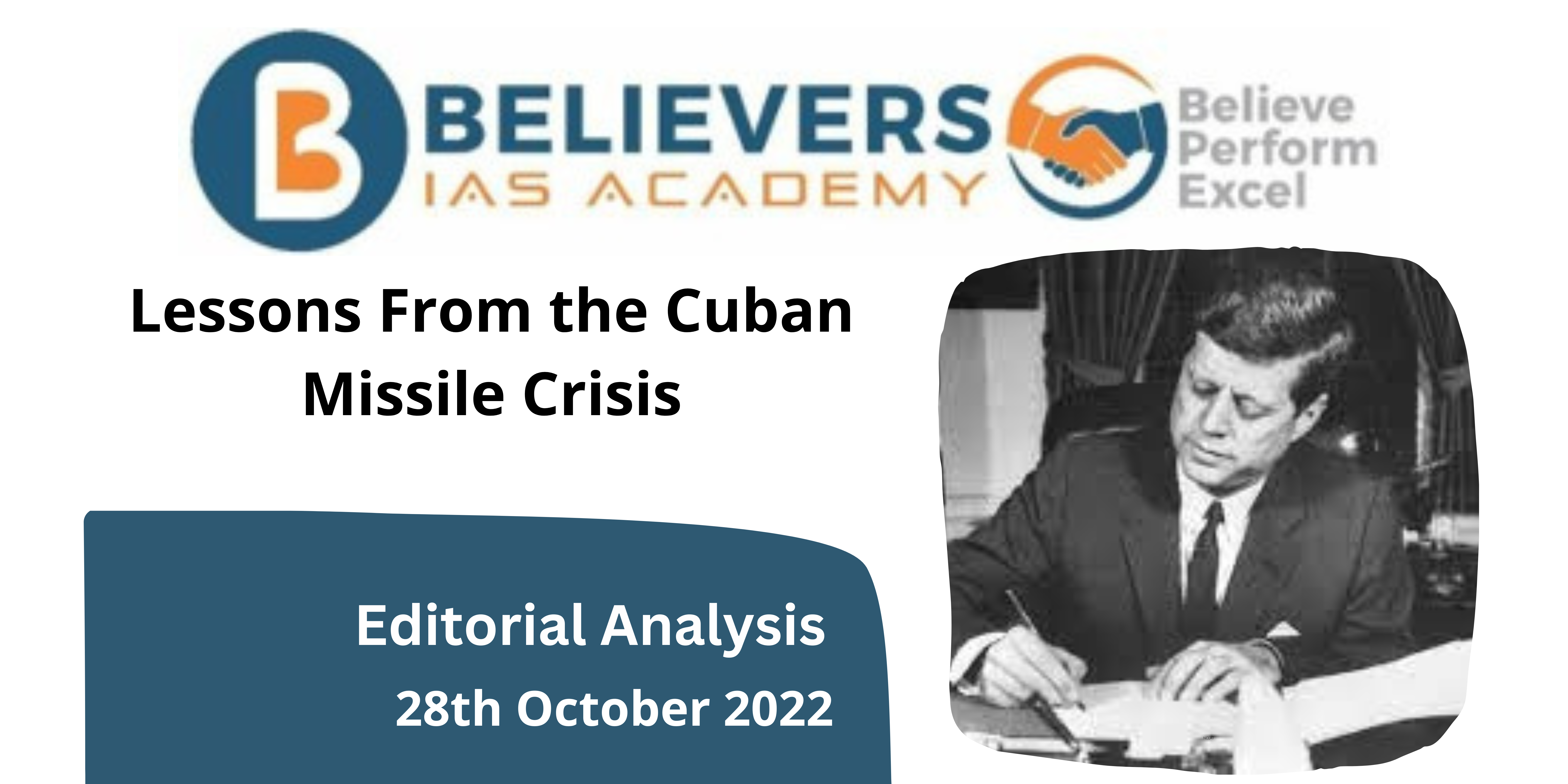Submarine Launched Ballistic Missile (SLBM)
Context:
- The Ministry of Defence (MoD) announced on Friday (October 14) that the indigenous ballistic missile nuclear submarine INS Arihant had successfully launched a nuclear capable Submarine Launched Ballistic Missile (SLBM) in the Bay of Bengal with “very high accuracy”.
Strategic Significance:
- In the context of establishing a nuclear triad, especially in light of India’s “No First Use” policy, the capacity to launch nuclear bombs from submarine platforms has enormous strategic significance.
- The second-strike capacity is considerably increased by the sea-based undersea nuclear capable capabilities, which supports the nuclear deterrence.
- These submarines are capable of “Credible Nuclear Deterrence,” which means they can not only withstand a first strike by the enemy but also launch a strike in reprisal.
- In light of India’s relations with Pakistan and China, it is crucial to enhance these capabilities.
- India’s capacity building on the nuclear-powered submarines and of the nuclear capable missile which can be launched from them is vital for nuclear deterrent given that China has deployed several of its submarines, including some that are nuclear powered and nuclear capable.
A Posture of ‘No First Use’:
- After the Cabinet Committee on Security (CCS) reviewed the progress in operationalizing India’s nuclear strategy, it was made public in January 2003, and the MoD statement following Friday’s launch from Arihant emphasised the strategic postures of “credible minimum deterrence” and “no first use.”
- Building and maintaining a credible minimum deterrent, adopting a “no first use” posture, which means that nuclear weapons will only be used in retaliation against a nuclear attack on Indian territory or on Indian forces anywhere, and planning a massive nuclear response to a first strike with the intention of “inflicting unacceptable damage” were the main points of the doctrine that was made public at the time.
Source The Hindu




